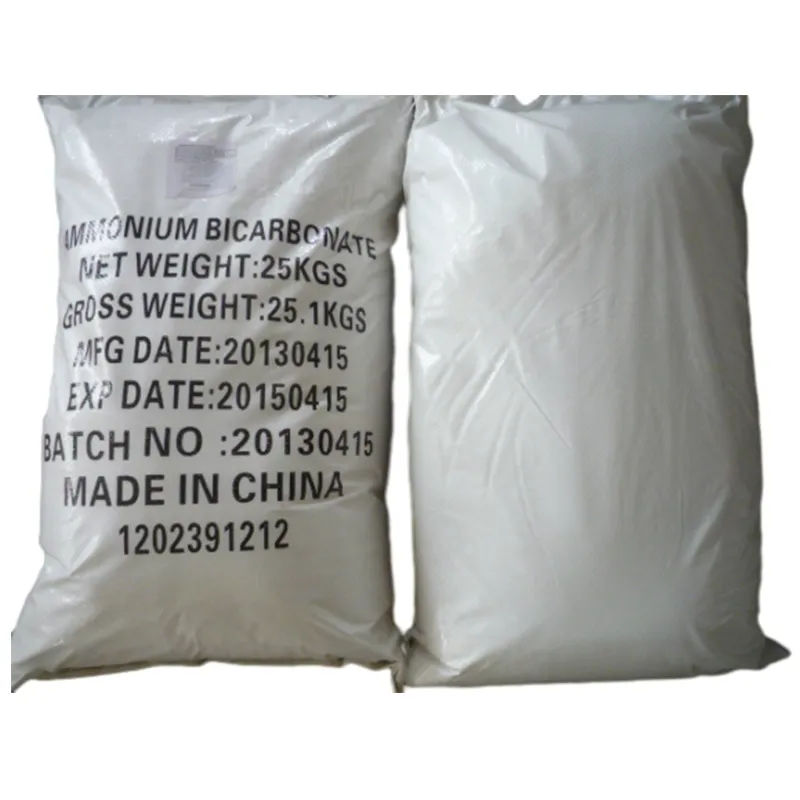
e235 preservative
Understanding E235 Preservative A Comprehensive Guide
In the world of food preservation, E235 has emerged as a noteworthy additive due to its unique properties and applications. Commonly known as natamycin, E235 is a natural antifungal agent derived from the soil bacterium Streptomyces natalensis. Its primary role is to prevent the growth of molds and yeasts in various food products, thereby extending their shelf life and maintaining quality.
Natamycin is particularly popular in the dairy industry, especially with products like cheese. The presence of mold can significantly impact the flavor and texture of cheese, making natamycin an invaluable tool for producers. By applying E235, manufacturers can inhibit mold growth on the surface of cheese, allowing for longer storage without compromising quality. This has made it a preferred choice in many countries for protecting soft and semi-soft cheeses.
Understanding E235 Preservative A Comprehensive Guide
Safety is an essential consideration when it comes to food additives. E235 is generally recognized as safe (GRAS) by various regulatory authorities, including the European Food Safety Authority (EFSA) and the U.S. Food and Drug Administration (FDA). Studies indicate that when used within recommended limits, natamycin does not pose significant health risks to consumers. This regulatory backing gives both producers and consumers confidence in its usage in food products.
e235 preservative

However, like all food preservatives, the usage of E235 should be carefully monitored. Over-reliance on any preservative can lead to unintended consequences, such as the development of resistant strains of fungi. As such, it is crucial for food manufacturers to employ a balanced approach that combines natural preservation methods with E235 to ensure food safety and quality.
From an environmental perspective, natamycin presents benefits as it is derived from natural sources. This characteristic makes E235 a preferred option for those seeking to minimize chemical additives in food products. Many consumers today are increasingly conscious of the ingredients in their food, and the natural origin of natamycin appeals to health-conscious individuals.
Furthermore, with the rise of foodborne illnesses linked to spoiled food, the role of preservatives has never been more critical. E235 helps to significantly reduce the risk of spoilage, thus contributing to food safety. By minimizing waste and ensuring that food retains its intended flavor and quality, E235 plays a vital role in sustainable food practices.
In conclusion, E235 (natamycin) is an essential preservative in the food industry, especially within dairy and bakery sectors. Its antifungal properties offer significant advantages in extending shelf life and maintaining food quality. Overall, the safety profile of E235, coupled with its natural origins, makes it a valuable asset for producers committed to providing safe and high-quality food to consumers. As the food industry continues to evolve, E235 will likely remain an important player in the quest for effective food preservation solutions, balancing safety, quality, and sustainability in a dynamic market.
-
Pure Sodium Dichloroisocyanurate Dihydrate | Powerful DisinfectantNewsAug.29,2025
-
Industrial Chemicals: Quality & Purity for Every IndustryNewsAug.28,2025
-
Nitrile Rubber Honoring Strict Production StandardsNewsAug.22,2025
-
Aspartame Ingredients Honoring Food Safety ValuesNewsAug.22,2025
-
Fertilizer for Balanced Plant NutritionNewsAug.22,2025
-
Cyanide Gold Processing with High Purity AdditivesNewsAug.22,2025
-
Formic Acid in Textile Dyeing ApplicationsNewsAug.22,2025
Hebei Tenger Chemical Technology Co., Ltd. focuses on the chemical industry and is committed to the export service of chemical raw materials.
-

view more DiethanolisopropanolamineIn the ever-growing field of chemical solutions, diethanolisopropanolamine (DEIPA) stands out as a versatile and important compound. Due to its unique chemical structure and properties, DEIPA is of interest to various industries including construction, personal care, and agriculture. -

view more TriisopropanolamineTriisopropanolamine (TIPA) alkanol amine substance, is a kind of alcohol amine compound with amino and alcohol hydroxyl, and because of its molecules contains both amino and hydroxyl. -

view more Tetramethyl Thiuram DisulfideTetramethyl thiuram disulfide, also known as TMTD, is a white to light-yellow powder with a distinct sulfur-like odor. It is soluble in organic solvents such as benzene, acetone, and ethyl acetate, making it highly versatile for use in different formulations. TMTD is known for its excellent vulcanization acceleration properties, which makes it a key ingredient in the production of rubber products. Additionally, it acts as an effective fungicide and bactericide, making it valuable in agricultural applications. Its high purity and stability ensure consistent performance, making it a preferred choice for manufacturers across various industries.





